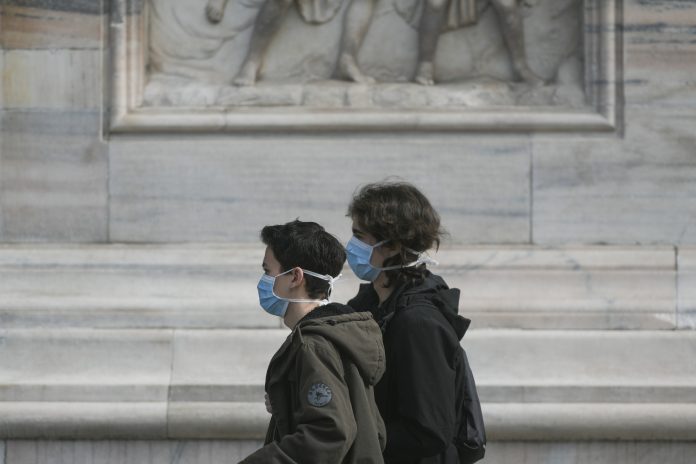According to a US review of Long COVID patients, 30.7% of these people had no existing comorbidities that could explain their susceptibility to the virus
The investigation into Long COVID patients is omnipresent. A while into the pandemic, a functional treatment for continuing symptoms of the virus remains non-existent.
What are the key symptoms of Long COVID?
Right now, Long COVID is defined as a range of health problems that can happen four weeks after infection with the virus. Symptoms can be a range of things – new, ongoing or returning – and even appear in people who had asymptomatic COVID. Some of the key symptoms are fatigue, shortness of breath, cough, headache, loss of taste or smell, anxiety and depression. Another symptom is cognitive impairment, with Long COVID acting as the equivalent of twenty years of ageing.
The ongoing, global estimate of virus patients with Long COVID is between 43 to 54%.
While health systems in different countries describe Long COVID symptoms under different names, the International Classification of Diseases diagnostic code for “Post COVID-19 condition, unspecified” is U09.9.
The study, conducted across the largest database of private health insurance claims in the US, found that 78,252 Long COVID patients marked with U09.9 between 1 October, 2021 and 31 January, 2022.
Which Long COVID symptoms are most common across different age groups?
The FAIR Health repository also found that people aged between 30 to 50 were most likely to be diagnosed with Long COVID.
The team found that multisystem inflammatory syndrome was most common in patients between the ages of zero and 12, while abnormalities of heartbeat were highly prevent in those aged between 13 and 22.
For young adults between the ages of 23 to 35, generalised anxiety disorder was highly common. The Long COVID patients who were aged above 65, were most likely to have hypertensive diseases.
75.8% of Long COVID patients were never hospitalised with severe illness
The majority of Long COVID patients were never hospitalised with severe COVID, with 75.8% of them having initially experienced a milder form of the virus. This adds to a growing body of evidence that finds Long COVID isn’t predictable.
In existing research, women have been found to have Long COVID more than men. In this study, the data found that 81.6% of female Long COVID patients had never been hospitalised – in comparison to 67.5% of males with Long COVID.
While the experience of severe COVID is connected to plenty of issues like diabetes, heart disease, cancer and asthma, the likelihood of Long COVID appears to be less directly connected to existing illnesses. When it comes to pre-existing vulnerability, known medically as comorbidities, only 30.7% of Long COVID patients had them.











